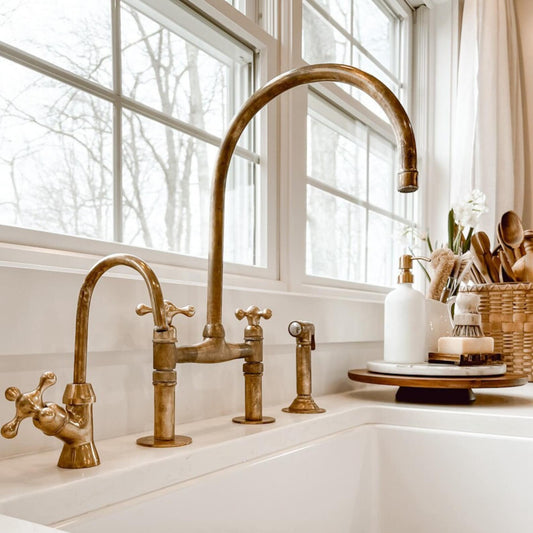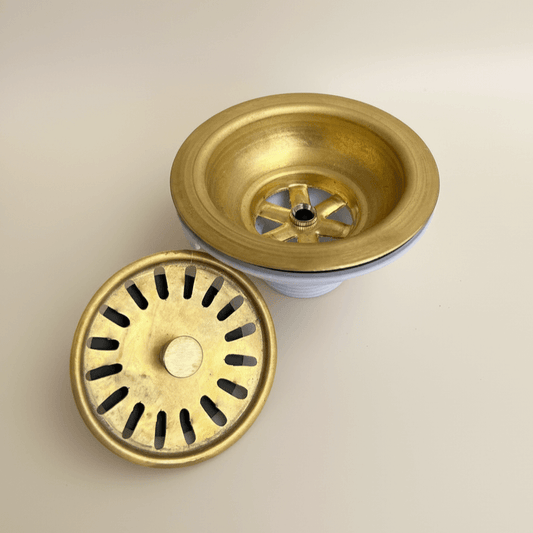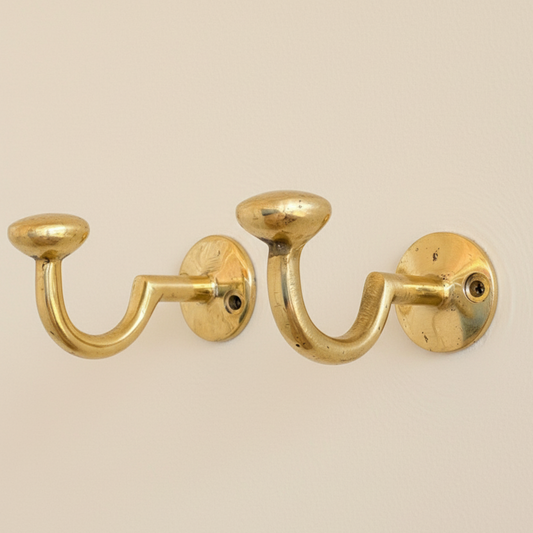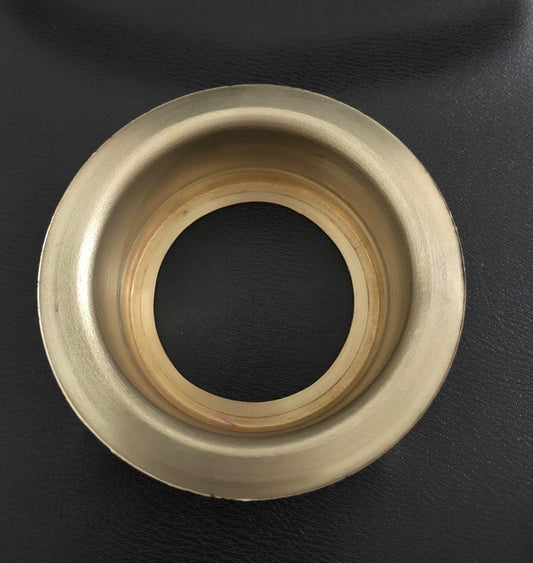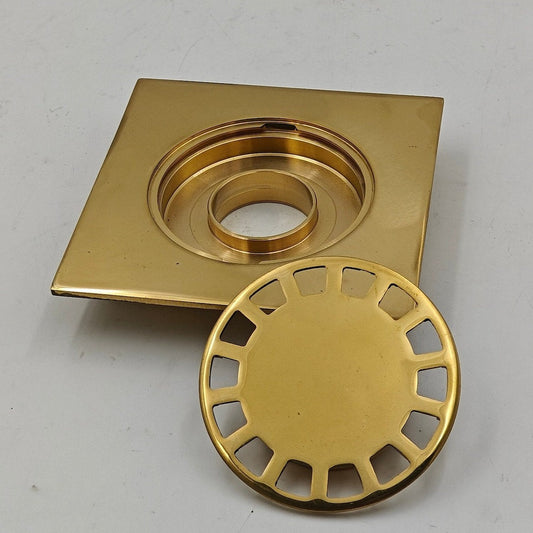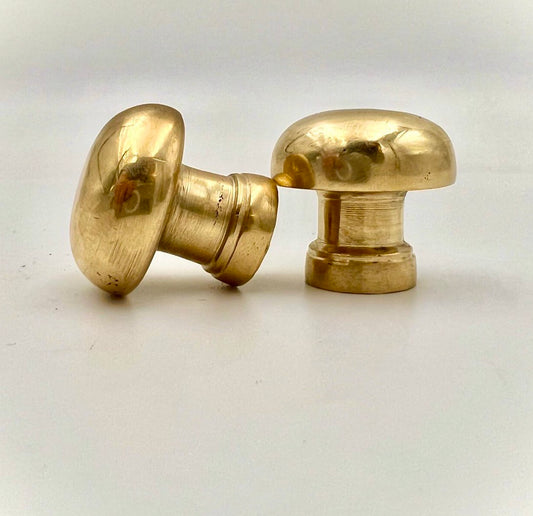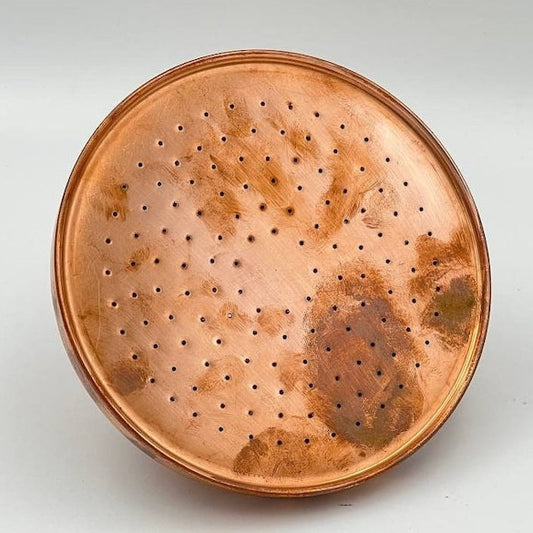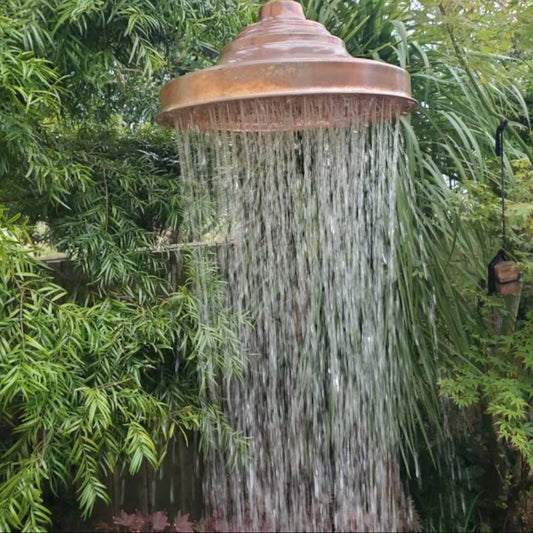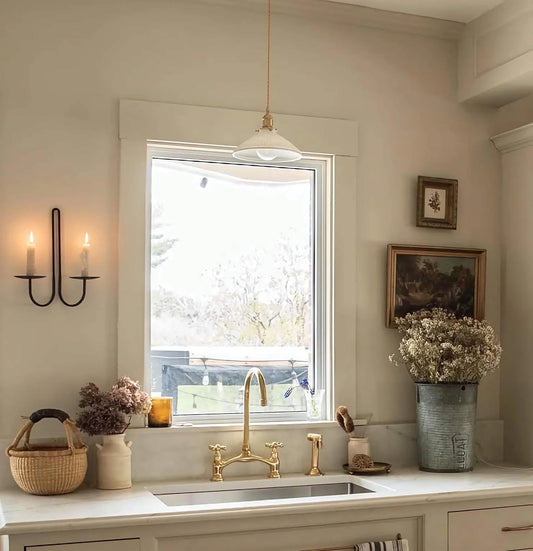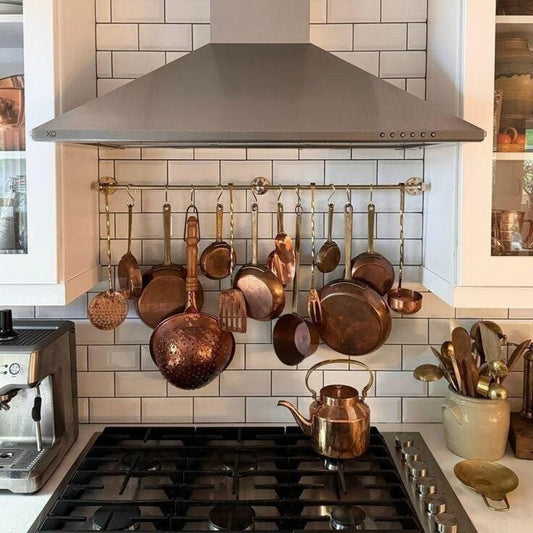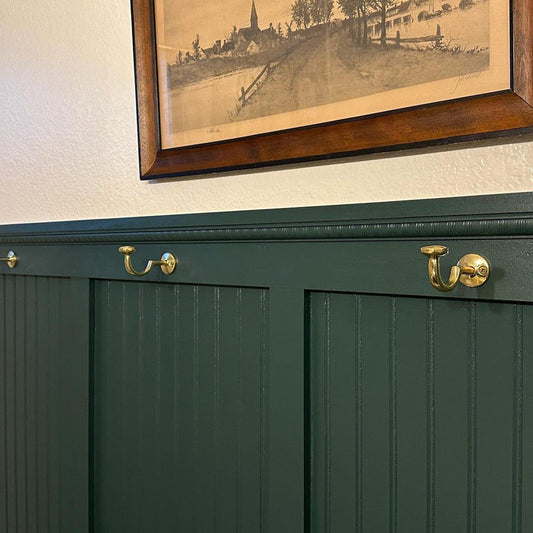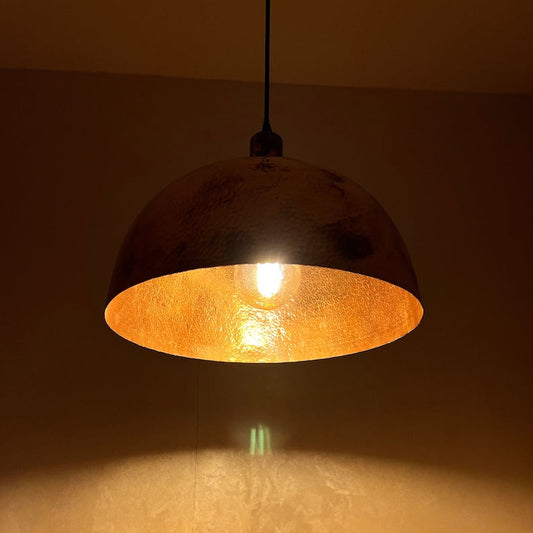Best way to clean Unlacquered brass faucets
How to Clean Unlacquered Brass Faucets and Keep Their Natural Beauty

Unlacquered brass is timeless — elegant, warm, and full of character. Over time, it develops a natural patina that tells a story, making each piece truly unique. But if you're one of the many homeowners who appreciate that rich golden glow when freshly cleaned, you might be wondering: How do I clean my unlacquered brass faucets without damaging them ?
Good news — it's easier than you think. In this article, we’ll walk you through simple, safe, homemade and effective methods to clean unlacquered brass, along with tips to maintain its stunning look for years.
What Is Unlacquered Brass ?
Before jumping into the cleaning process, it’s important to understand what unlacquered brass really is.
Unlike lacquered brass or polished brass, which is coated with a clear protective finish, unlacquered brass is natural and living finish. that means its naturally aging and developing a patina over time. Some call it tarnish, but many see it as a beautiful, living and patina finish.
Some people prefer the look of aged brass with its darker patina. Others like to restore it to a brighter, cleaner tone every few months.
Tools and Ingredients You’ll Need
Luckily, most cleaning methods use things you already have at home:
- Soft cloth or microfiber
- Mild dish soap
- Warm water
- Lemon juice
- Baking soda
- Soft toothbrush (optional)
- Dry towel
Avoid: steel wool, harsh chemicals, or anything abrasive — these can scratch or damage the finish.
Method 1: Routine Cleaning (Best for Weekly Touch-Ups)
This is ideal if you just want to wipe off water spots and keep things fresh.
Steps:
-
Mix warm water with a few drops of mild dish soap.
-
Dip a soft cloth in the mixture and gently wipe down the faucet.
-
Rinse with clean water and wipe dry with a soft towel.
This removes dirt and grease without affecting the natural finish.
Method 2: Natural Polish (Bring Back the Shine)
If your faucet looks a little dull or has light tarnish, try this all-natural polish.
Lemon + Baking Soda Paste:
-
Mix equal parts lemon juice and baking soda until you get a thick paste.
-
Use a soft cloth or toothbrush to apply it to the brass.
-
Rub gently in circular motions.
-
Let it sit for 5–10 minutes.
-
Rinse with warm water and dry thoroughly.
This method gives your brass a gentle polish without stripping its character.
Method 3: Deep Cleaning for Heavy Tarnish
If you haven’t cleaned your brass in months (or years!), you may need a slightly stronger method — but still safe.
Vinegar + Salt Solution:
-
Mix 1 tablespoon of salt with ½ cup of white vinegar and add enough flour to make a paste.
-
Apply to the faucet and let sit for 30–45 minutes.
-
Rinse with warm water and wipe dry.
Important: Always test in a hidden area first to ensure your brass reacts well to the mixture.
It is always a good idea to keep your faucet develops a patina naturally, you can always try some daily practice to keep it beautiful even with the patina :
-
Don’t over-clean: The charm of unlacquered brass is in its evolution. You don’t have to polish it all the time.
-
Use a dry cloth daily: Quickly wiping off water spots after use keeps it looking fresh longer.
-
Avoid acidic or harsh cleaners: They can damage the metal and accelerate uneven tarnishing.
Owning unlacquered brass fixtures is like having a piece of living art in your home. At Oldenglow, we offer a variety of faucets, hardware for your kitchen and bathroom, Whether you want to keep it polished or embrace the patina, a gentle and consistent cleaning routine will help you get the best out of your faucet.
